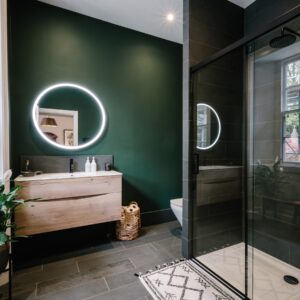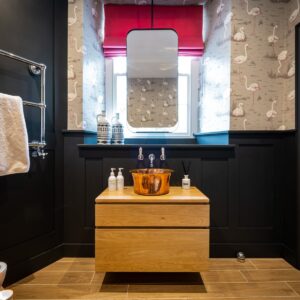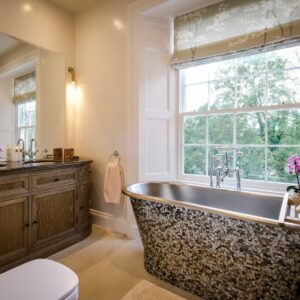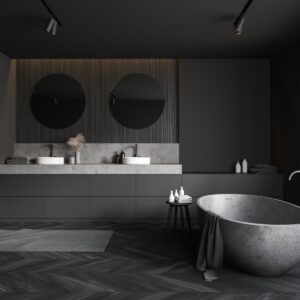When it comes to bathroom vanity units and cabinets, size matters.
The bathroom is one of the most hard-working areas in the home, so it’s important to consider an optimal design for it. Fitting a stylish but functional vanity means you can hide away your toiletries and beauty products. That keeps surfaces clear and ensures your bathroom is clutter free – and a clutter free space is a tranquil space. And I LOVE a tranquil space.
Creating a relaxing retreat
The home bathroom used to be overlooked as a design priority but this is changing, no longer are they purely functional and disconnected from the rest of the living area. Now, bathrooms are an important part of our home aesthetic.
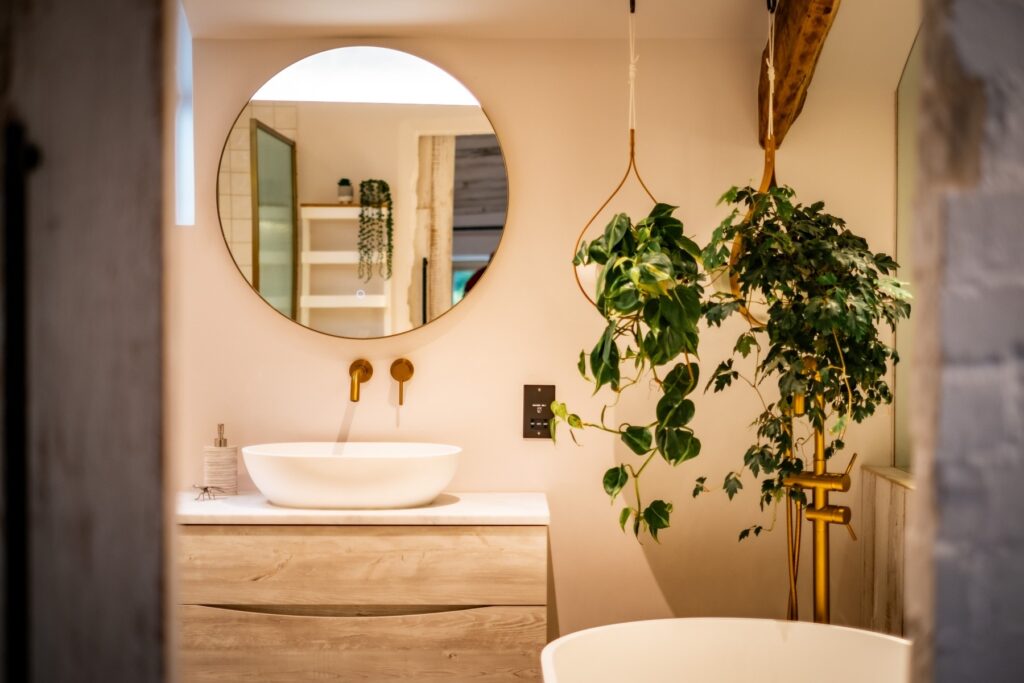
The colour and design materials used in our home should absolutely be reflected in our bathroom. We should extend our interior concepts by applying similar colour, materials and even furniture to the space. I personally believe that there are no conceptual boundaries anymore – a bathroom can be and should be a sanctuary for us. A cherished space in which we feel calm and relaxed, and have the ability to go about our daily rituals.
When creating a space where you can unwind and disconnect, the bathroom vanity plays a key role. They are the single most important design element. A beautiful vanity can pull together the entire look. In just the same way as cabinets do in the kitchen, they draw the eye the moment people walk into the space. Think of them as your opportunity to create that stunning first impression.
Transformational clutter free spaces
There are so many items to be stored in the bathroom, from cosmetics and creams to hair care products. And, as the saying goes, a place for everything, and everything in its place. For these items to be out of sight you require storage. But where do you start?
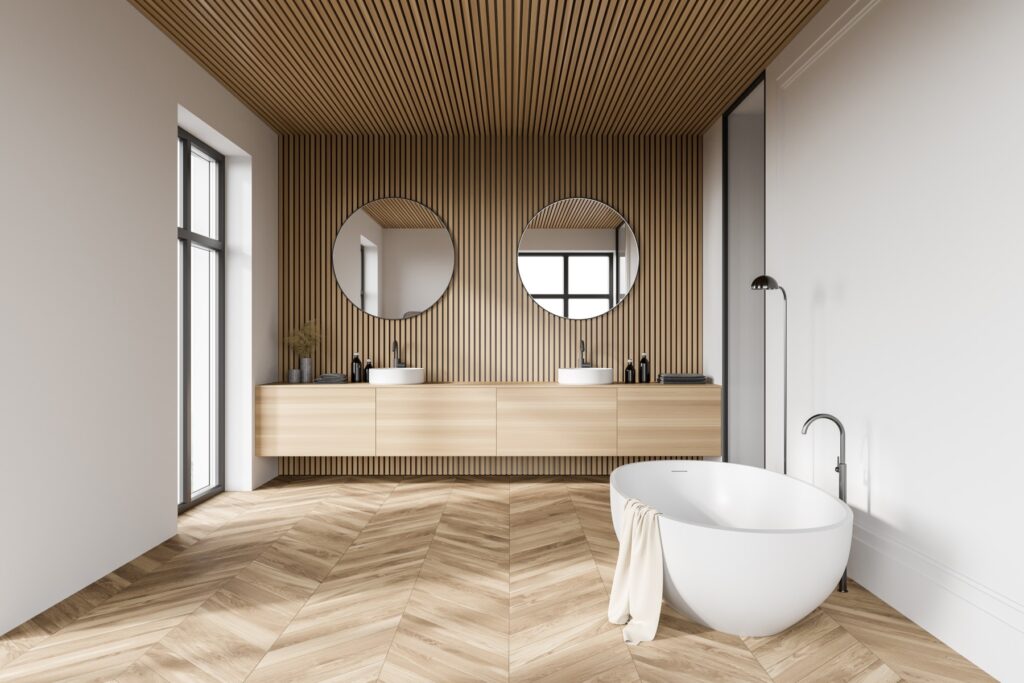
With depth. The deeper the draws, the more they can hold. This is a real bonus, particularly for those with small bathrooms or limited storage.
And size. Make sure to balance the dimensions of the vanity with the size of the sink. They go hand in hand. If you chose a wide sink, then you’ll have less counter space. Of course, the style of the sink can also be a design feature and create impact.
It’s also important to think in practical terms. Consider walking space; where are the existing fixtures located? Does this impact on the size and style of vanity? Tranquil spaces have room for you to move around – and room to dry off after a shower or bath. Don’t forget, that you also need to allow space to open the cabinet doors and drawers!
There are many shapes of vanity cabinets, which makes them adaptable to bathroom requirements.
A wall-mounted cabinet will maximise space and keep the floor area clear, which is a particular consideration in smaller bathrooms. They make a room feel bigger and add a more contemporary look to the space.
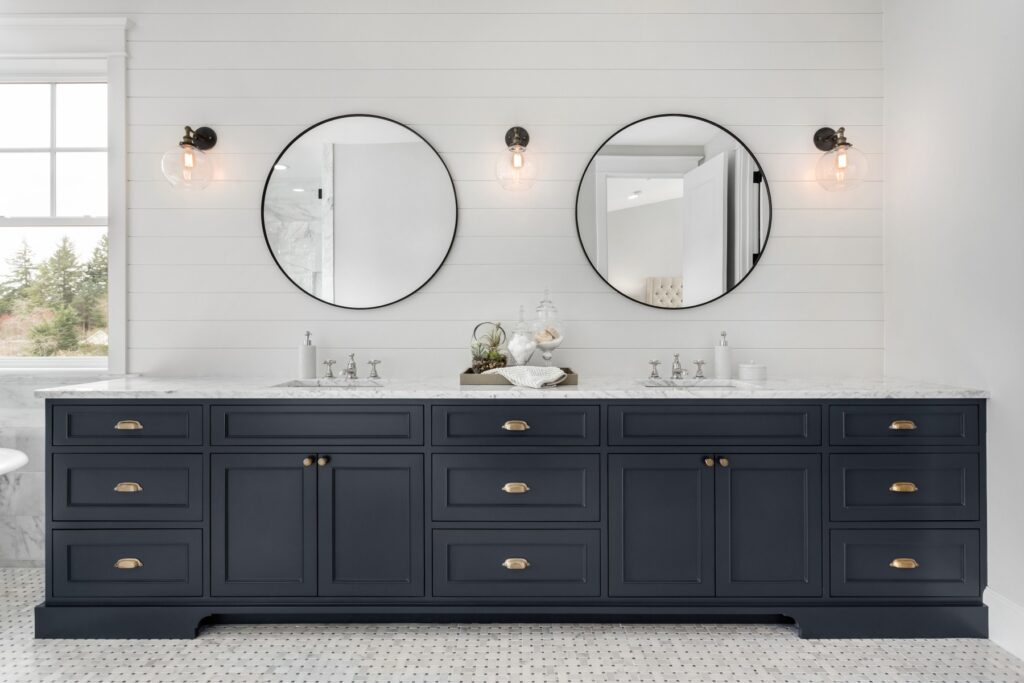
Freestanding cabinets are best-suited to a larger bathroom. In such a space it’s possible to create a run of cabinets along a wall, which will add plenty of storage and could provide an ideal solution for a busy family bathroom.
I usually choose the biggest vanity possible. Often, when I present clients with the design they are surprised by the proposed size. However, once installed, married up with all other design elements, and carefully considered within the space, clients are delighted with them.
Top tips for organising a bathroom cabinet
My rule is anything that has not been used in the last six months has to go! It is probably past its use-by date any way.
Cabinet space is limited so it’s important to maximise this through good organisation.
Once you have eliminated the clutter, prioritise the items you use most regularly. Try not to be tempted to shove something back in if it’s not regularly used. These items more often than not end up at the back of the cabinet and clutter soon builds up again!
The items you use most often should be the most accessible. I find it helpful to group similar items together in small trays.
